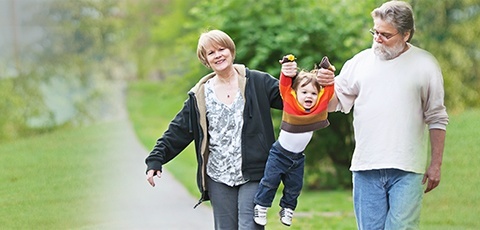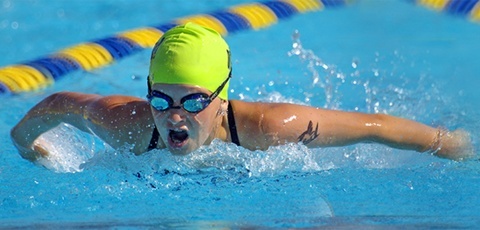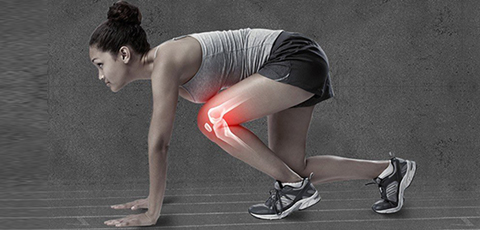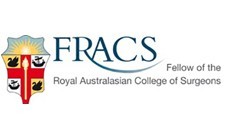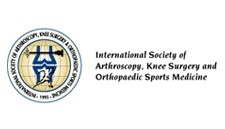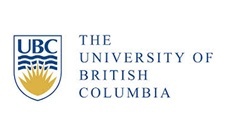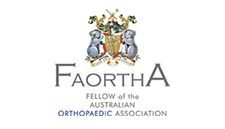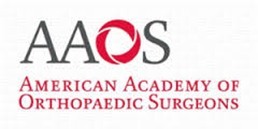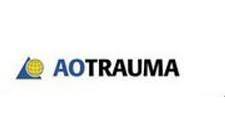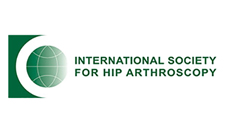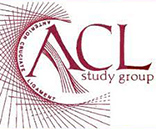Proximal Hamstring Repair
The Hamstring muscles run from the buttock down the back of the thigh and across the back of the knee. Most Hamstring injuries occur in the middle of the muscle, and will heal completely without the need for surgery. However when the hamstrings are injured at the top end, the tendon can pull off the bone. In this case surgery is recommended to re-attach the damaged tendons. Sometimes repetitive minor injuries can cause the tendons to become thickened, frayed and painful. Surgery may also be helpful for this condition if other methods have not worked

The Operation
You will need a general anaesthetic, and will be lying on your stomach for the operation. The surgery is done through either a 10-15cm transverse (sideways) or longitudinal (lengthwise) incision over the buttock crease. The main (sciatic) nerve sits next to the hamstrings, so must be found and protected. The torn tendons are then reattached to the bone using suture anchors, which sit inside the bone. The skin is closed with a dissolving stitch. The operation takes 90 minutes and you will be away from the ward for 2-3 hours.
Post Surgery
First 24 hours
- You will be kept comfortable on the ward with medication. If a nerve block was used your leg may be numb for 24 hours.
- You may have a brace on your leg to prevent overstretch and damage to the tendon repair. The physic will instruct you regarding the brace.
- The physic will also help you with advice to assist with reducing sitting discomfort following surgery.
Day 1-3
- You must avoid too much hip flexion (bring knee up to chest) with the knee straight
- Ice - 20 mins every 2-3 hrs
- Walk with the ward physio, using crutches
- You will be allowed to touch weight bear only
- Home exercise programme as advised by the physio
- Education with regards to sitting and car transfers
- Home on day 1-2 post surgery
- Tummy time - lie prone up to 2 hours per day to assist with wound healing
First 2 weeks
- Continue to walk touch weight bearing using crutches
- Keep the wound covered with the dressing placed in hospital
- Take oral painkillers and anti-inflammatories
- Contact my rooms to arrange an appointment at 10 days post surgery (this coincides with expected wound healing I coverage)
- Tummy time and ice continued
Weeks 2-6
- Gradually progress off crutches in next 2 weeks and can stop using brace at 4 weeks.
- You can start driving short distances
- Gentle hip bending exercises, calf stretching, Isometric I hamstring holds, modified squats (similar to sit to stand action), exercise bike can start as comfort allows.
After 6 weeks
- Increasing walking distance as comfortable
- Progress from 2 leg to 1 leg exercises (bridges, 1 leg squats, lunges)
- Exercise bike increasing intensity and swimming
- Gradually build resistance training with bands or in gym
- Gradually introduce jogging to running as strength improves
- Full activities and sport from 3-6 months (depending on progress and sport)
The physio will demonstrate and provide the rehabilitation details at the 10-14 day follow-up appointment and ensure these are done correctly and safely.
Other information
Sitting discomfort
Due to the location of the tendon repair and wound, sitting may be painful for up to 4-6 weeks. Some discomfort on prolonged sitting may persist for 6 months.
Wound Healing
The first priority is to ensure wound healing. The incision for the proximal repair is directly at the base of your buttock and will take 2-3 weeks to heal well. In the first 1-2 weeks it is important to avoid continual pressure on this scar to allow better healing. To help reduce this pressure you can discuss with the physio the use of a foam cushion for use with sitting.
Nerve Symptoms
After surgery, all patients will have some local numbness around the scar. The main (sciatic) nerve to the leg runs very close to the hamstrings, and can be trapped in scar tissue. It needs to be found and moved out of the way during surgery, and is at risk of being bruised or sensitised. Symptoms may include numbness in the leg and foot, and some weakness. In most cases this is temporary and recovers by itself.
Return to Work
If you do a seated office-type job, work will be possible between 2-4 weeks following surgery. If you do a more physical job, light duties are possible at 4-6 weeks but this needs to be discussed on a case by case basis with the surgeon and physio.
Risk of re-Injury
With adherence to rehabilitation guidelines from your surgeon/physiotherapist, re-injury should not occur.
Inpatient Exercises
Ankle exercises
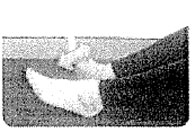
Move ankles up I down 15 x 2, hourly for first few days
Calf Stretch
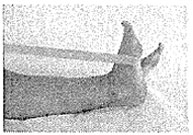
Hold calf stretch using towel and bent knee - pull toes up towards body - 30 secs x 2
Quads Squeezes
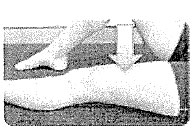
Squeeze quads (front of thigh) lightly - hold 10 secs x 5 Knee remains in brace and don't straighten knee out yet.
Gentle hip and knee flexion
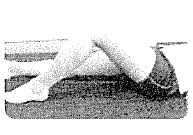
Lying flat, slide your heel up and down as you bend and straighten your knee. Don't bring hip past 60 degrees for first 5 days.
Tummy Time
Lying on your stomach allows the wound to have some time without the pressure of your body pressing down on it. Aim for 20-30 minutes of this every 2 hours while wound remains very sensitive.
Walking
Aim to walk for 5-10 minutes every 2 hours to keep upper body mobile and reduce back stiffness. Gradually progress weight through leg after first 10-14 days.
Later Stage Exercises - Week 3-6
The exercises below are only an example of some of the exercises required to complete your rehabilitation but will require a physio to go through them carefully with you depending on the stage of your rehab. The physio will circle and date when you are ready for these.
Stretches/Flexibility
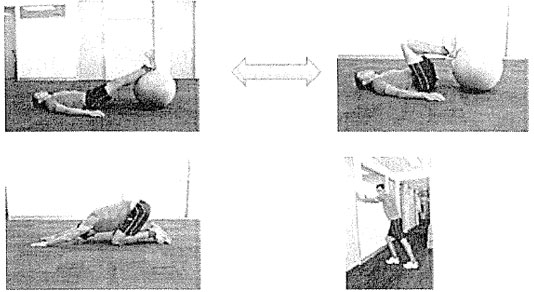
Hamstring Strengthening Ideas
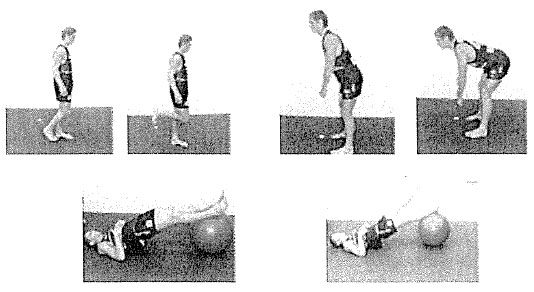
There will be many types of exercises required to improve the stretch and strength in the hamstring over the coming weeks. Ensure to work closely with your physio following this surgery to ensure individualised progressions.
Body Logic Physiotherapy - Ground Floor, Bethesda Hospital, 25 Queenslea Drive, CLAREMONT WA 6010
Tel: (08) 9230 6310
Fax: (08) 9230 6320
For more info- visit out our website: www.bodylogicphysiotherapy.com










